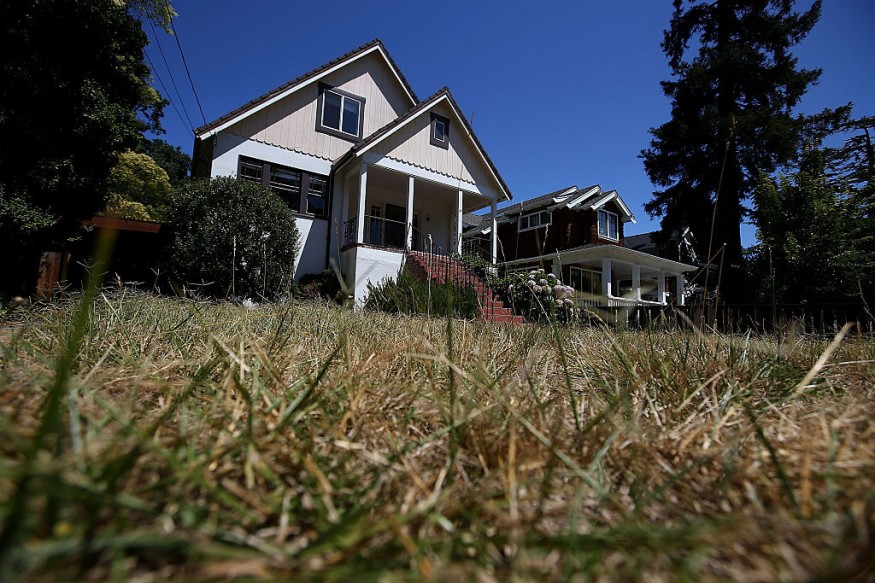
To adapt to climate change, UK experts are making modifications to their recommendations for lawn care.
Lawn Care to Cope with Climate Change
Lawn care experts in the area are providing tips on how to safeguard the area's stressed-out, brown lawns as a result of the lack of rain in Rochester.
According to Mike Zempel, proprietor of Three Boys Lawn Care, there are solutions for safeguarding grass in adverse weather.
Additionally, Matthew Robbins is launching his own lawn care company, Matty Ice. He claimed that ever since he first started visiting golf courses as a small child, he has had a passion for maintaining lawns. He has picked up a few jobs and anticipates an increase in business.
Watering
According to Zempel, homeowners must decide between watering or irrigating their lawns or letting the grass lie dormant so that it can try to defend itself. Watering lawns a little bit is a stage in between the two choices, according to him, is best avoided.
According to Zempel, this causes the cells to become more receptive to nutrition. Additionally, absorbing that moisture puts greater stress on it than if homeowners just let it lay dormant since it lacks sufficient hydration.
Mowing
Green grass wants to be chopped when it comes to mowing, but Zempel advised care and avoid cutting it too short.
He explains why it's wise to avoid cutting brown, dormant grass. However, if there is any green grass sprouting, it is not suggested to let it grow over five to six inches. However, the lawn care professional suggests only removing roughly a third of the grass blade.
Aerating
Robbins stated that he strongly supports aerating lawns.
More water and nutrients may enter the grass thanks to aeration, which involves using a machine to make tiny holes in the turf. However, he advises against doing this at the moment since the grass is under stress.
Robbins suggests waiting till the end of August at this time. Most golf courses will start doing it immediately away and then stop. Then, they'll repeat it in the autumn.
Chemicals
Currently, according to Zempel, he serves 50 of his 80 clients' lawns with fertilizer and pesticide. Although for the moment, he's being cautious.
He clarified that applying pesticides to the grass at this time would only make matters worse.
It is best to avoid using too much nitrogen fertilizer when it's hot and dry. Overfertilization will cause the lawn to burn. When colder temperatures start to emerge in early September, homeowners can start using fertilizers again, according to South Dakota State University.
Rainfall
While many are waiting for rain, Zempel noted that one deluge won't make things better.
According to Zempel, grass requires a significant amount of rain-a slow, steady downpour. Three inches of rain from a rainstorm that passes through in a few hours may not do much for the grass since it may run off and not sink in.
He advised spending 15 minutes each early in the morning and late in the evening watering, KTTC reports.
Lawn Care Lessons, on the other hand, stated that excessive rain can be terrible for the grass, but it would need to be severe rainfall for several weeks in a row. Flooding from excessive rain might keep the roots of the grass from receiving adequate oxygen or nutrients. If there had previously been a protracted drought, it may also push the soil away. The grass may become bare after a period of drought and then a lot of rain. When the earth is wetted by rain, the arid, permeable soil collapses.
Related Article : 5 Reasons Why More Home Gardens Now Feature a Clover Lawn
© 2026 NatureWorldNews.com All rights reserved. Do not reproduce without permission.





